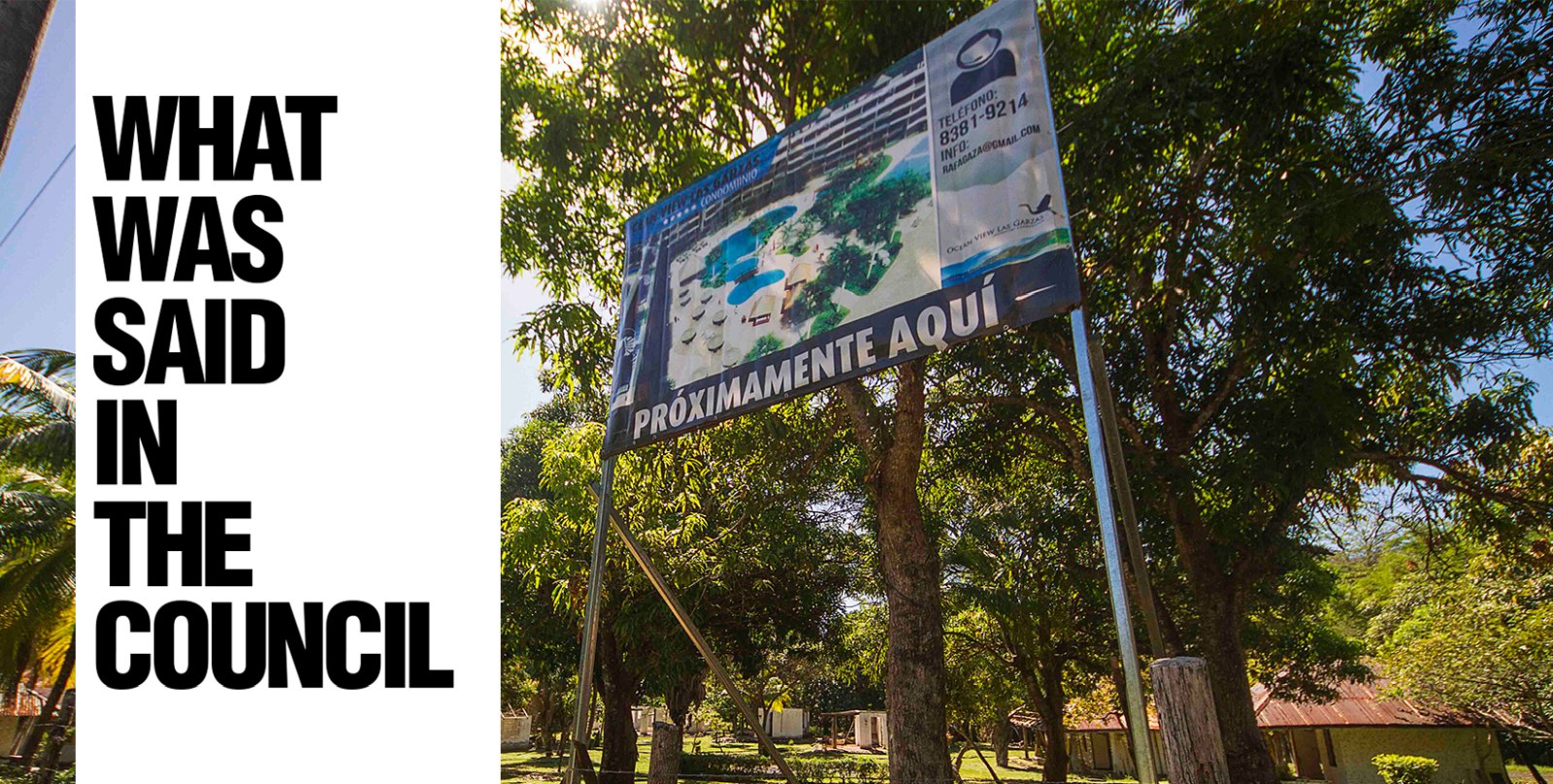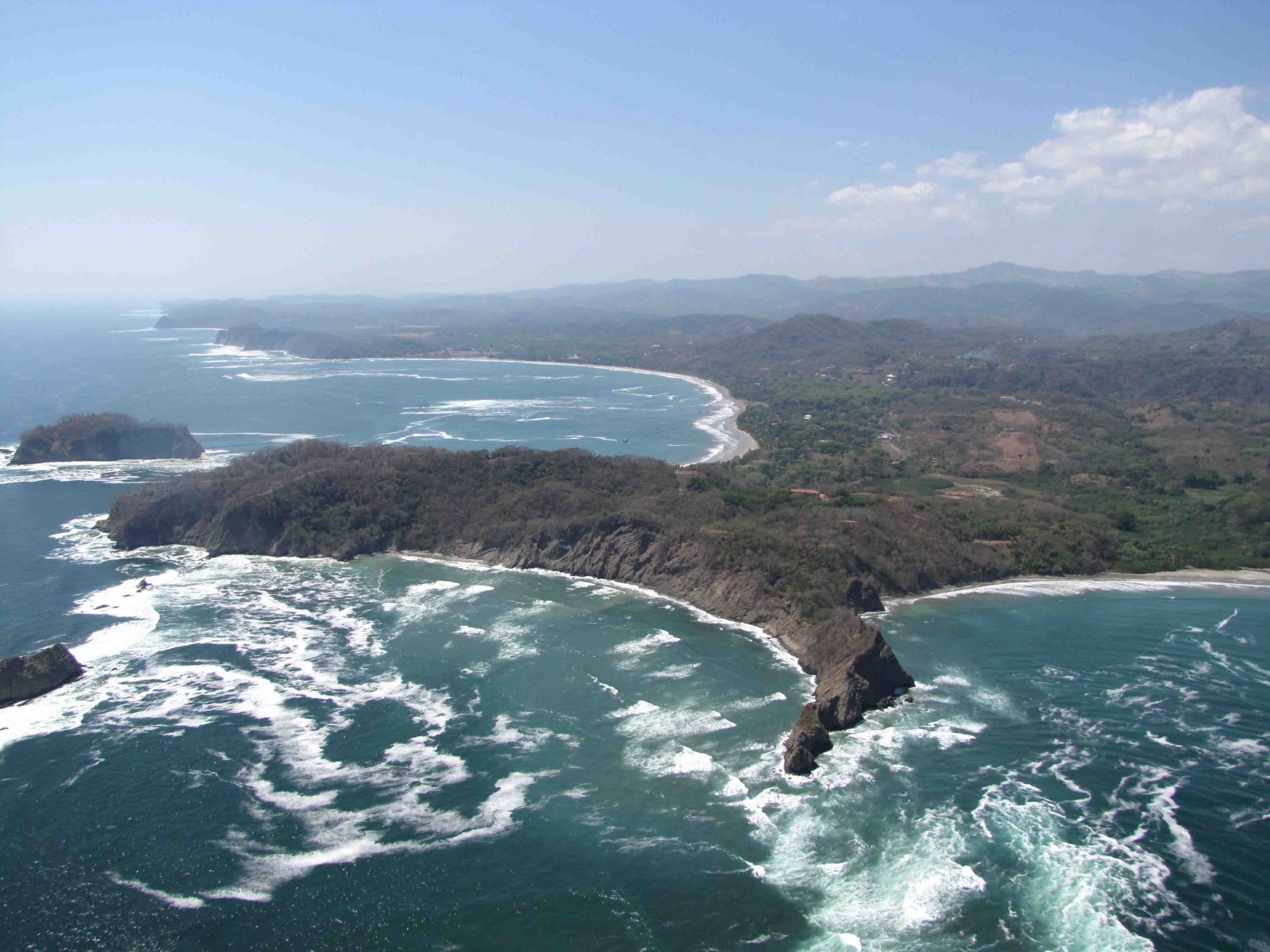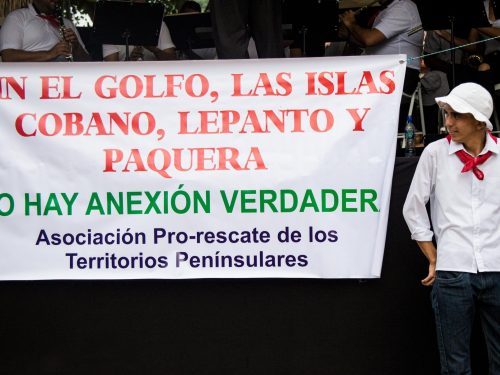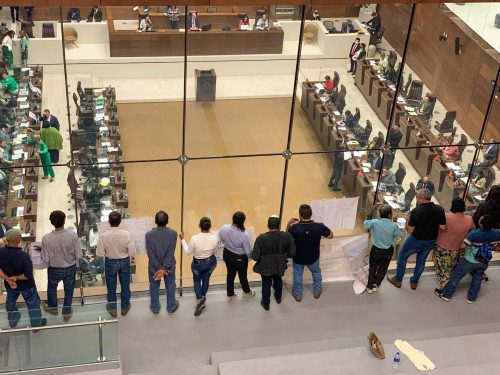
Those who live within 150 meters of the Nicoyan coast can breathe a sigh of relief, as the municipality will be unable to relocate the majority or demolish their homes.
The news came on Monday, March 2 during the Nicoya Municipal Council session, through a verdict issued by the Maritime Terrestrial Zone (ZMT – Zona Maritimo Terrestre) Commission, which was made up of five councilors, who resolved to preserve existing construction in the ZMT in areas that lack a zoning plan.
The decision does not apply to buildings in Playa Guiones nor Playa Pelada, as those are within the Ostional Wildlife Refuge.
Currently, only Playa Samara has a valid zoning plan. For that reason, the decision only benefits the rest of the Nicoyan coast, primarily those buildings that are within the district of Nosara.
Juan Carlos Oviedo, chief of the ZMT commission, explained that the idea is to not relocate nor demolish the homes of those who have lived in that area for years, assuming they do not affect the environment.
“This is about the legalization of buildings in the ZMT. That means that in some cases there will not be demolition, nor relocation, if and when existing buildings in the ZMT do not affect [national] heritage [or the] environment, so eventually they could stay there,” he explained.
In addition, Oviedo reported that residents should pay the municipality for a permit and a fee for staying on lands that belong to the state. To do so, the council will develop regulations that establish the details, amounts and periods for payments.
“To charge the fee in cases where there are constructions, we’ll have to mediate regulations that say which method should be followed,” said Oviedo.
Oviedo also said that the goal of the regulations will be for the charges to be equitable, according to the building’s area and land use.
“This regulation will establish the tax amount based on a table which Hacienda [the Costa Rican tax ministry] dictates for the ZMT. The tax will be proportional to the area of the construction. It will be very equitable,” he said.
Regarding the amounts and periods for paying the tax, Oviedo estimated that it could be done by trimesters or annually. However, he indicated that it is still premature to guess how it will be set up.
The council will develop the regulations, which could be ready in the next three months.







Comments